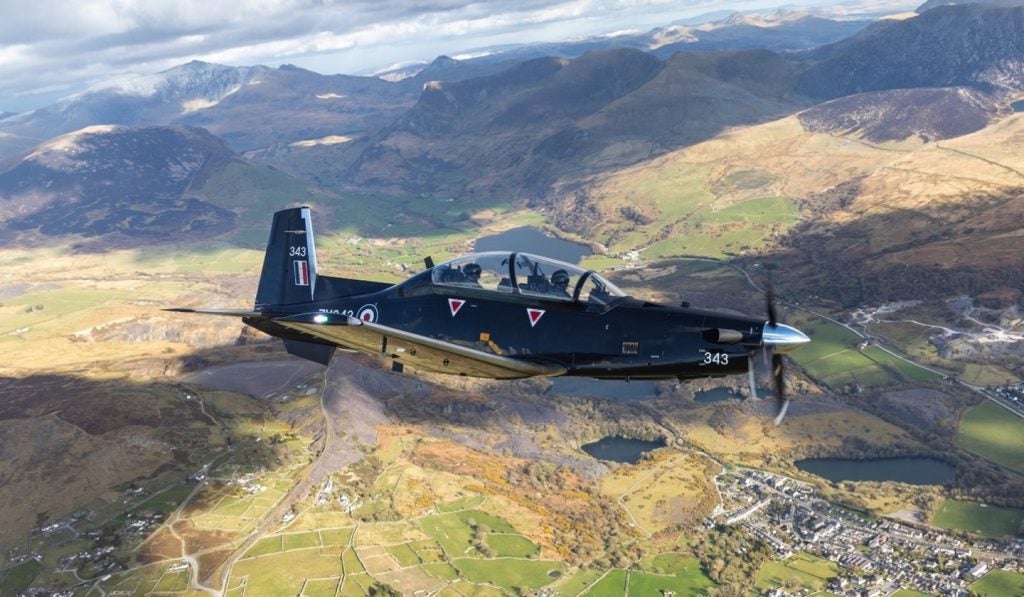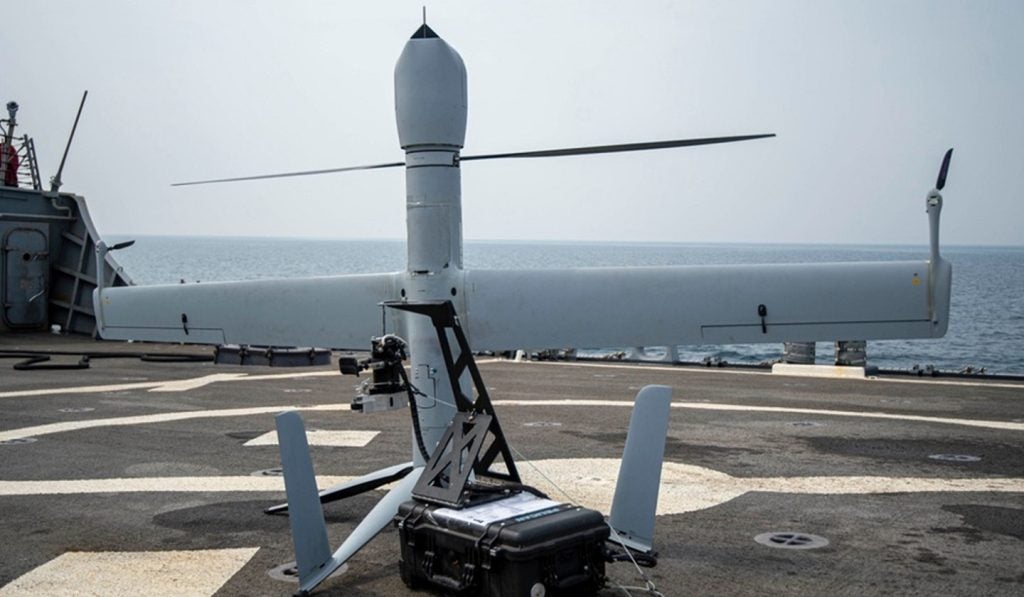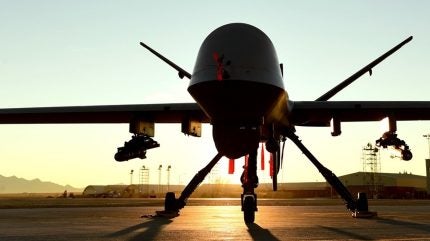
Uncrewed Aerial Systems (UAS) – or so-called ‘drones’ – have been used for many years, from the RQ-2 Pioneer used in 1991 during Operation Desert Storm to the MQ-9 Reaper used in recent conflicts such as Syria.
However, since the start of the Russo-Ukrainian war just over two years ago, the market has opened up to more suppliers from around the world offering novel concepts that are more affordable and innovative systems.
With GlobalData intelligence forecasting a 5.3% compound annual growth rate in the market in the next decade, this proliferation will encourage nations to make use of the new technology across their armed forces.
Airbus recognised that this calls for a standardised training structure to teach personnel how to remotely operate these systems. Since 2006, Airbus has evolved its own UAS Simulation Trainer (SE-RPAS), and the Spanish Air Force school eventually adopted the SE-RPAS in 2020.
In an exclusive interview, Jose Manuel Zayas Unison, a UAS portfolio manager at Airbus Defence and Space, explained the growing requirements for UAS missions and what the Trainer system has to offer beginner pilots.
‘UAS play a key role’
“We have entered a new era of aviation where unmanned assets are now recognised as critical to the fulfillment of missions,” stated Unison. “As the ongoing war in Ukraine has underscored, UAS play a key role and will even more so in the years to come.”
How well do you really know your competitors?
Access the most comprehensive Company Profiles on the market, powered by GlobalData. Save hours of research. Gain competitive edge.

Thank you!
Your download email will arrive shortly
Not ready to buy yet? Download a free sample
We are confident about the unique quality of our Company Profiles. However, we want you to make the most beneficial decision for your business, so we offer a free sample that you can download by submitting the below form
By GlobalDataUkraine’s UAS fleet has destroyed crucial Russian platforms and supplies, delayed advances, and exposed the Russian army’s vulnerabilities.
In Ukraine, civilian drones are used for surveillance and search and rescue operations. Military drones such as the Turkish Bayraktar TB2 and the Ukrainian A1-SM Fury and Leleka-100 are being used to destroy surface-to-air missile systems, command posts, and tanks. Drones are also being used to inspect buildings that have been destroyed.
“We have entered a new era of aviation where unmanned assets are now recognised as critical to the fulfillment of missions.”
Jose Manuel Zayas Unison, UAS portfolio manager at Airbus Defence and Space.
“With the globally forecasted increase in demand for UAS operations, more remote pilots, sensor operators, crew and procedures will be necessary,” he continued.
“A typical shift could take eight hours, and multiple crew members would then be needed to sustain missions lasting up to 20 hours (such as tactical UAS) and even 30-40 hours (MALE UAS). The crew will also need to relay the intelligence collected to the commander.”
Airbus SE-RPAS
The Airbus SE-RPAS simulates a “representative platform,” explained Unison. Specifically, class I, II and III UAS (small, tactical and MALE).
“It is designed to be a platform-independent trainer for ab-initio training and mission training, rather than for vehicle-specific training.
“The generic training methodology contributes to the development of a versatile pool of aircrew with the skills to operate a variety of UAS.”
This focus fits with the training reform of some European militaries such as the UK. Under their new ‘Land Training System’ the British Army will cultivate a wide range of collective skills and competencies for personnel at the sub-unit level in a combined arms environment.
“We see increasingly diverse backgrounds among trainees, some without any aeronautics experience, and this form of training, supported by the Airbus UAS Simulation Trainer, enables an extent of skillset standardisation for more flexible personnel development and deployment to specific UAS.”
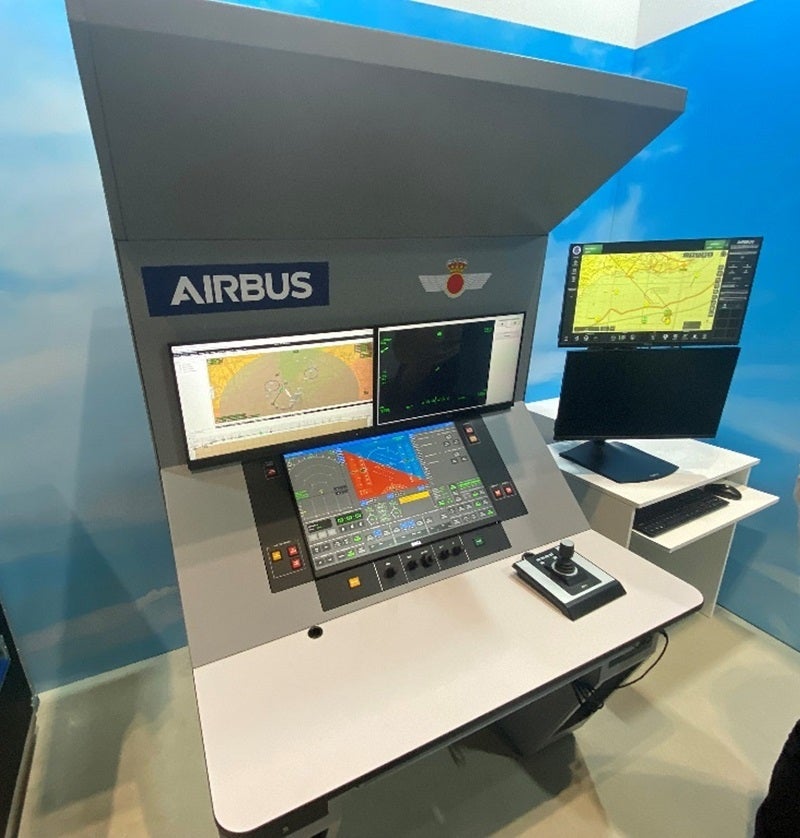
Using the Instructor Operation Station, the instructor can create military and non-military or parapublic mission scenarios and changes to simulate high stress environments, such as suddenly introducing malfunctions, turbulences, weather conditions or changes to plans. This trains potential remote pilots and sensor operators to be ready to adapt and to respond accordingly.
The Forces have also recognised the need for coordinated and collaborative crew members. It can simulate multiple UAS under the control of different remote pilots and sensor operators coexisting in the same environment and scenario, so that crewmembers must collaborate.
The Airbus Simulation Trainer is designed to and evolves hand in hand with the needs of operational pilots. We are incorporating the latest market trends, such as automatic take-off and landing.
“In the near future, the simulation of UAS integrated in non-segregated airspace will also be incorporated into the simulator. The product may evolve to require only two and no longer three screens in the future. Another aspect to consider for the future is also UAV fleet management. A single pilot could eventually operate two or three different platforms in the future and our product would evolve accordingly with the needs of the market and customers.
“The Airbus UAS Simulation Trainer is platform-agnostic and so we are happy to offer this to any operator of a UAS, whether it is the Army, Navy, Air Force, Special Forces, Police or Coastguard.”
Cruder systems are more deployable
Since the Russo-Ukrainian war broke out, more attritable systems are entering the market from new suppliers.
In a GlobalData Analyst Briefing on Ukraine’s production of UAS, James Marques explored why these cruder types of UAS are on the rise compared to more reliable, expensive systems.
“In Western defence production, there has been a trend in the last few decades since the end of the Cold War to invest in small numbers of highly engineered, complex, and expensive platforms over the mass production of simpler, cheaper, and rugged systems,” he pointed out.
“When one is fighting a low-intensity counterinsurgency conflict, such a philosophy lends itself well to providing the ‘absolute best’ for the military to assume minimal risk to one’s own forces and avoid potential operational failures.
“Ukraine’s approach does not guarantee the most capable platforms, but with larger numbers of crude designs, it is inflicting serious attrition on Russian forces, and now hitting both the industrial base and the energy system the Kremlin relies on to fund its invasion.”
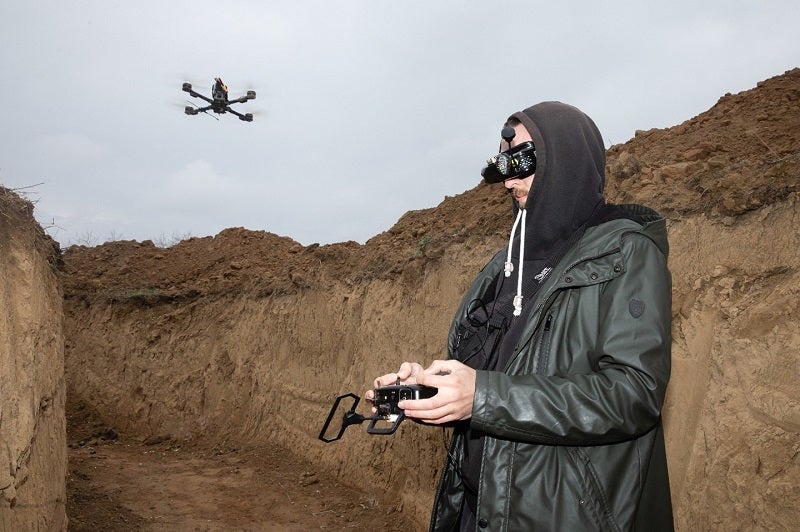
Marques pointed out that Ukraine has in recent months demonstrated a remarkable capacity to manufacture UAS, particularly first-person-view variants, which are guided by a user wearing a virtual reality headset.
Such munitions are used to devastating effect in frontline combat; they represent a unique asymmetric advantage that often compensates for Ukraine’s near-constant shortfall in conventional artillery ammunition.
To avoid targeting by Russian strikes, a small army of dispersed volunteers, supported through online resources such as Telegram channels and even instructional courses on Zoom, is producing drones from small and discreet warehouses, converted barns, cellars, or even their own living rooms.
While it would be unreasonable to say that these crude systems will replace any requirement for more expensive and highly engineered UAS, there is a notable asymmetric requirement that has proven great success on the battlefield.
With minimal ground-based infrastructure, it is worth noting that the crude systems are more easily deployable than the complex drones. The latter do sometimes depend on many people on the loop, but not necessarily in the loop of the autonomous systems.
This places importance on the need for personnel to be trained UAS pilots – to whatever extent – for a common competency across the armed forces, and Airbus is eager to enable them to learn.



